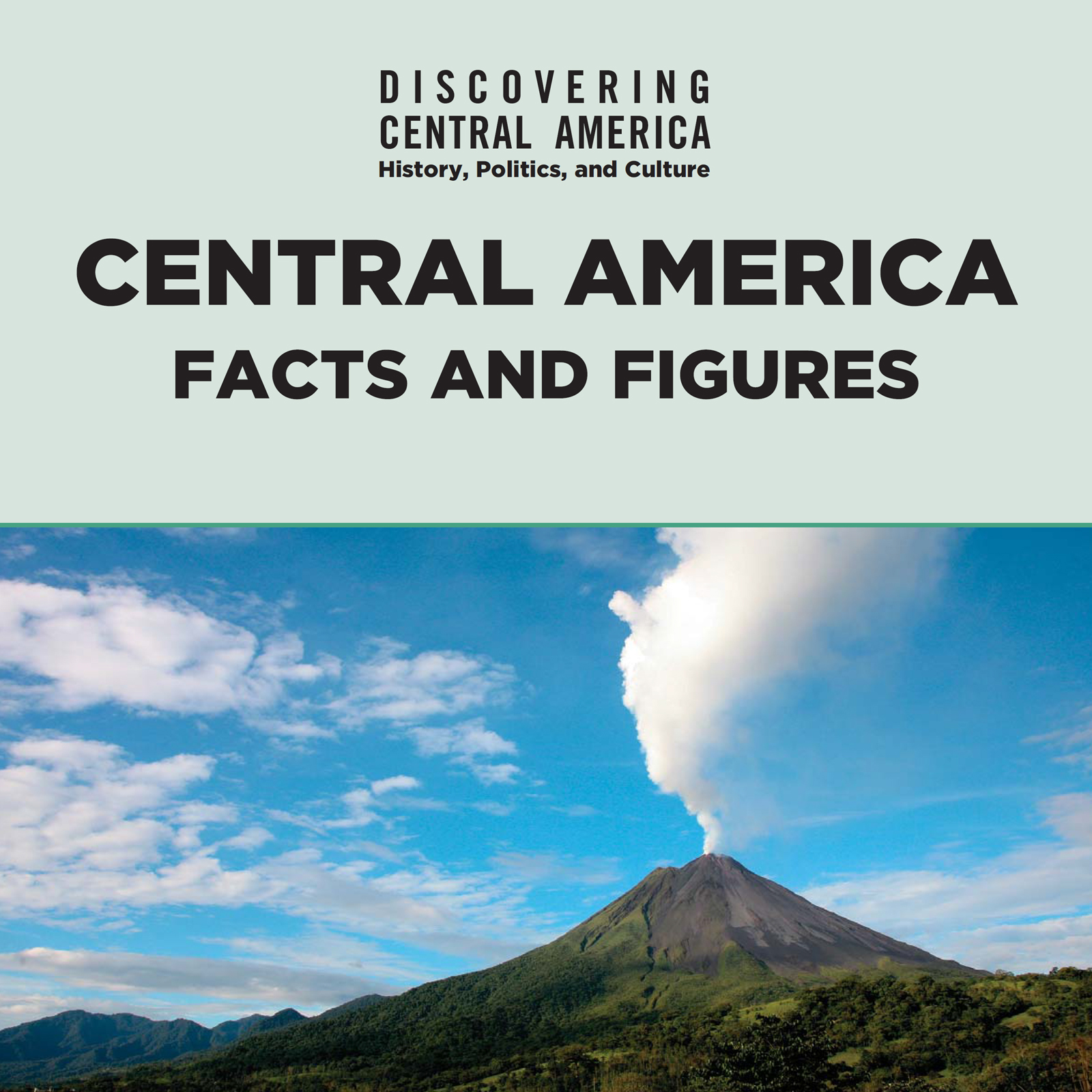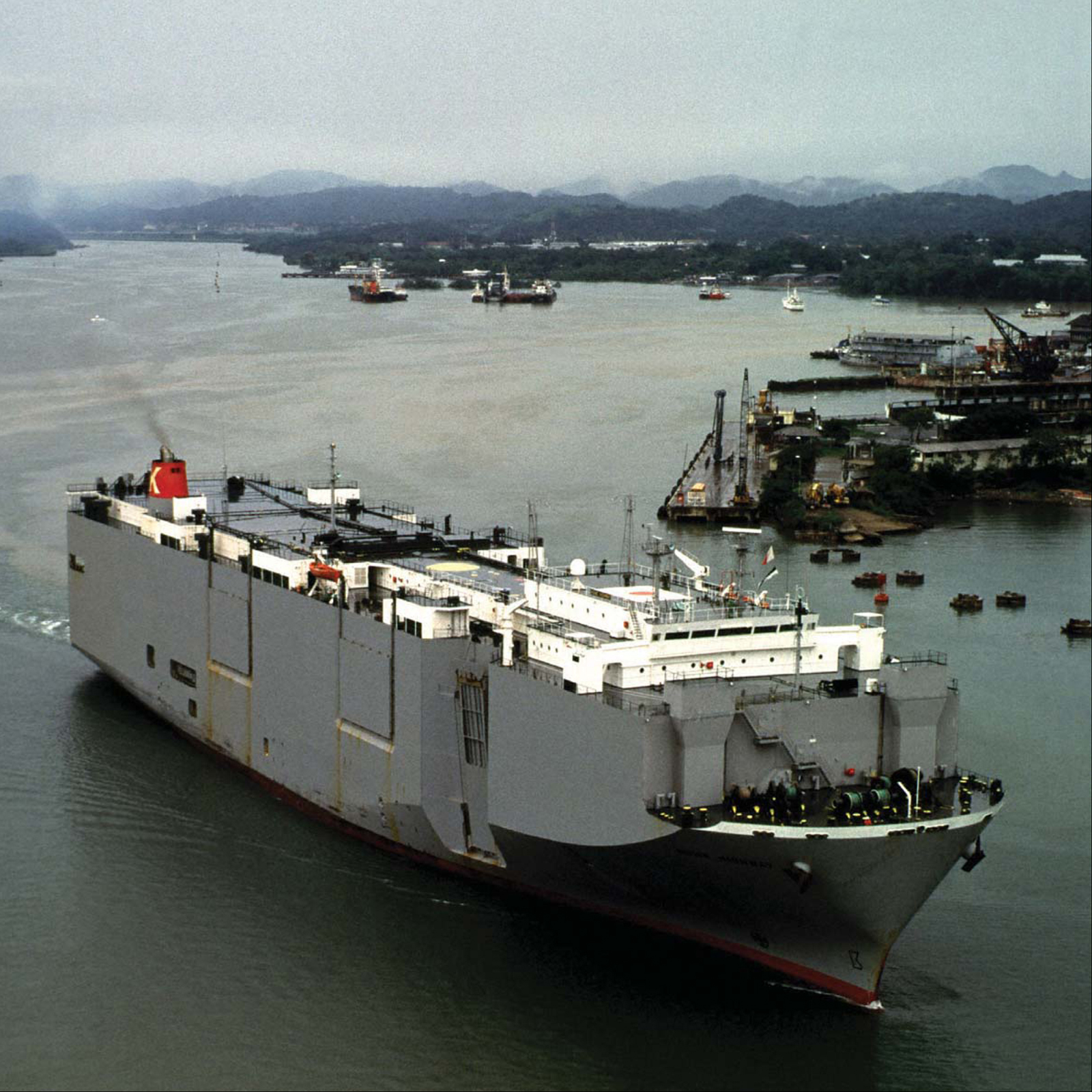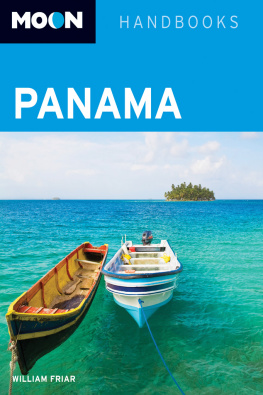


 | Mason Crest
450 Parkway Drive, Suite D
Broomall, PA 19008
www.masoncrest.com |
2016 by Mason Crest, an imprint of National Highlights, Inc.
All rights reserved. No part of this publication may be reproduced or transmitted in any form or by any means, electronic or mechanical, including photocopying, recording, taping, or any information storage and retrieval system, without permission from the publisher.
Printed and bound in the United States of America.
CPSIA Compliance Information: Batch #DCA2015.
For further information, contact Mason Crest at 1-866-MCP-Book.
First printing
1 3 5 7 9 8 6 4 2
Library of Congress Cataloging-in-Publication Data
on file at the Library of Congress
ISBN: 978-1-4222-3286-6 (hc)
ISBN: 978-1-4222-8652-4 (ebook)
Discovering Central America: History, Politics, and Culture series ISBN: 978-1-4222-3284-2
DISCOVERING CENTRAL AMERICA: History, Politics, and Culture
Belize
Central America: Facts and Figures
Costa Rica
El Salvador
Guatemala
Honduras
Nicaragua
Panama
Table of Contents
KEY ICONS TO LOOK FOR:
 | Words to Understand: These words with their easy-to-understand definitions will increase the readers understanding of the text, while building vocabulary skills. |
 | Sidebars: This boxed material within the main text allows readers to build knowledge, gain insights, explore possibilities, and broaden their perspectives by weaving together additional information to provide realistic and holistic perspectives. |
 | Research Projects: Readers are pointed toward areas of further inquiry connected to each chapter. Suggestions are provided for projects that encourage deeper research and analysis. |
 | Text-Dependent Questions: These questions send the reader back to the text for more careful attention to the evidence presented there. |
 | Series Glossary of Key Terms: This back-of-the book glossary contains terminology used throughout this series. Words found here increase the readers ability to read and comprehend higher-level books and articles in this field. |
James D. Henderson
CENTRAL AMERICA is a beautiful part of the world, filled with generous and friendly people. It is also a region steeped in history, one of the first areas of the New World explored by Christopher Columbus. Central America is both close to the United States and strategically important to it. For nearly a century ships of the U.S. and the world have made good use of the Panama Canal. And for longer than that breakfast tables have been graced by the bananas and other tropical fruits that Central America produces in abundance.
Central America is closer to North America and other peoples of the world with each passing day. Globalized trade brings the regions products to world markets as never before. And there is promise that trade agreements will soon unite all nations of the Americas in a great common market. Meanwhile improved road and air links make it easy for visitors to reach Middle America. Central Americas tropical flora and fauna are ever more accessible to foreign visitors having an interest in eco-tourism. Other visitors are drawn to the regions dazzling Pacific Ocean beaches, jewel-like scenery, and bustling towns and cities. And everywhere Central Americas wonderful and varied peoples are outgoing and welcoming to foreign visitors.
These eight books are intended to provide complete, up-to-date information on the five countries historians call Central America (Guatemala, El Salvador, Honduras, Nicaragua, Costa Rica), as well as on Panama (technically part of South America) and Belize (technically part of North America). Each volume contains chapters on the land, history, economy, people, and cultures of the countries treated. And each country study is written in an engaging style, employing a vocabulary appropriate to young students.

These colonial-style houses are a reminder of three centuries of Spanish rule.
All volumes contain colorful illustrations, maps, and up-to-date boxed information of a statistical character, and each is accompanied by a chronology, a glossary, a bibliography, selected Internet resources, and an index. Students and teachers alike will welcome the many suggestions for individual and class projects and reports contained in each country study, and they will want to prepare the tasty traditional dishes described in each volumes recipe section.
This eight-book series is a timely and useful addition to the literature on Central America. It is designed not just to inform, but also to engage school-aged readers with this important and fascinating part of the Americas.
Let me introduce this series as author Charles J. Shields begins each volume: Hola! You are discovering Central America!

A large cargo ship passes through the Panama Canal, an important waterway through Central America built in the early 20th century.

Central America is a tropical region that is home to thousands of unique species of plants, animals, and birds, such as this Swainsons Toucan. However, the region is facing an environmental crisis due to the encroachment of humans on former habitat areas.
Next page



















